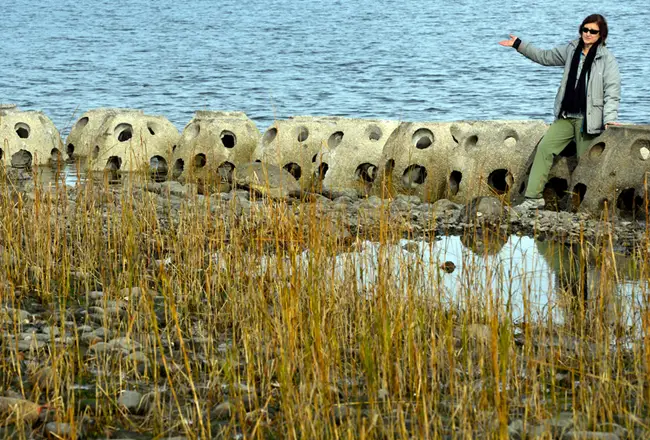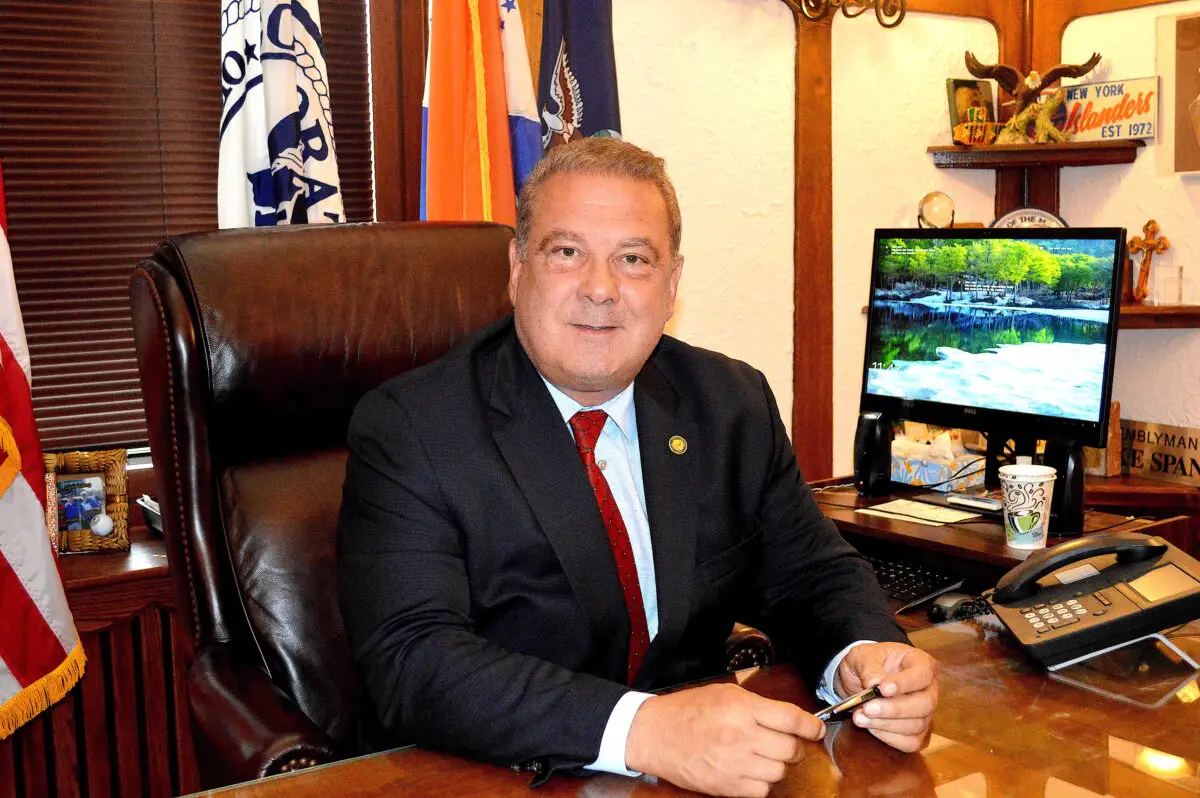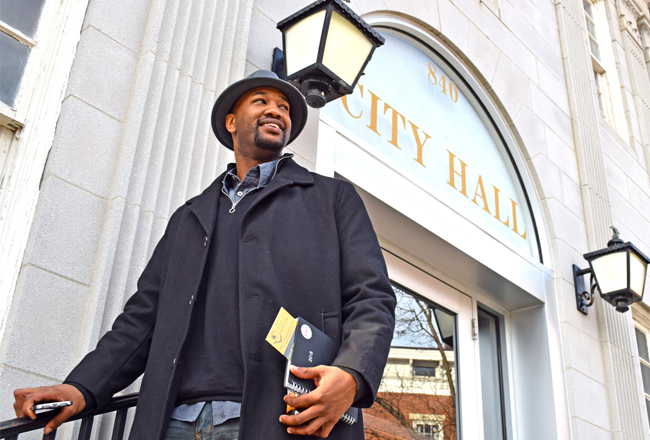
In 2014, Jennifer Mattei, a biology professor at Sacred Heart University, began work on the restoration of 900 linear feet of Long Island Sound shoreline plus 2 acres of salt marsh and oyster reef in Stratford. The project was designed to provide habitat for fish and wildlife and to create natural buffers from storms.
Last month, Mattei and her team of researchers and engineers received grants totaling approximately $65,000 from the National Fish and Wildlife Foundation to continue their work in ensuring the longevity of the Stratford Point marshland, which is home to coastal forests, grasslands, bluffs, dunes, intertidal flats, tidal marsh and uplands. The marshland also provides a natural storm buffer for the neighborhoods adjacent to the area.
“We have an expansive marsh,” Mattei said. “We have data over the years from 2016 through last summer and the marshes have filled in density and grown in height ”” the plants are flowering, which is great because they can expand in feed deposition. And we also have oysters and blue mussel coming in on the bottoms of the reef, so they”™re starting to actually become a shellfish reef.”
Mattei said the new funds will be used to “protect a piece of the old marsh that has not completely eroded away yet ”” going north of our site and up towards short beach, which is the public town beach.”
Mattei noted the marsh is degraded and eroding, with only 10% of its original fringing marsh remaining. The area originally covered nearly one mile of shoreline from Short Beach around Stratford Point to the area”™s lighthouse.
“And that was due to just climate change and increased storm events and sea level rise,” Mattei said. “Stratford Point used to be a gun club, so they took out part of the marsh. But the large majority of it was left sort of standing right in front of the houses that ran down that shoreline. And that”™s what has eroded away.”
The new funding will be channeled into the purchase and placement of Oyster Castles within the intertidal zone. Oyster Castles are concrete blocks created by the Allied Concrete Co. and serve the dual purpose of stopping the rising wave levels from further eroding the shoreline while allowing oyster larvae attach and grow, thus regrowing an aquatic population that was in severe decline.
Although Mattei”™s work is aimed at rejuvenating the ecosystem, she stressed there is also a financial and business aspect to shoreline protection.
“One aspect of these living shorelines is to protect the homeowners, because they”™re losing land as the sea encroaches,” she said. “And it also can lessen the damage of hurricanes or winter storm damage ”” thousands of dollars in damage are prevented. But then, you”™re also increasing the nursery habitat for fish, including, sport fishing, and that is important for the economy in Connecticut.”
Mattei”™s work also involves the preservation of the horseshoe crab numbers, which are crucial to mitigating the Covid-19 pandemic.
“They are important because they”™re connected to the Covid vaccine right now,” she said. “Their blood is used to test batches of vaccine for bacterial toxin. You have to make sure your vaccine is pure before you put it in someone”™s arm, and the way they test any vaccine ”” not just Covid, but all the vaccines ”” involves horseshoe crab blood, which is used in tests that meet the standard required by the federal government.”
This year, Mattei and her team will focus on producing a permit-ready, engineered design to expand the living shoreline at Stratford Point. These plans include the placement of artificial reefs made of limestone beyond the low tide line that will encourage a long-lasting habitat for shellfish and marine life while withstanding winds of up to a category five level and the waves that accompany such monstrous weather.
“We”™re going to do some preliminary work and look at the biodiversity we have currently, what”™s being lost in the area where the marsh is degrading, and then put together the permits required to install the living shoreline,” she said.





















